Clancy Tucker's Blog, page 122
March 21, 2019
22 March 2019 - THE GREATER BILBY
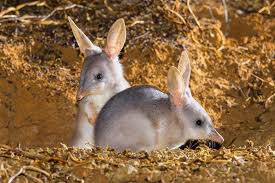
THE GREATER BILBY
G'day folks,
Welcome to some interesting facts about a creature that is honoured in Australia at Easter. Greater bilbies are commonly known as bilbies due to the lesser bilby now being extinct. They are marsupials found only in Australia and are also called rabbit-eared bandicoots. The Easter Bilby is an Australian alternative to the Easter Bunny.Bilbies prefer habitats that are hot and dry like in Central and Western Australia. They live in spiral burrows which makes it more difficult for predators to get in. They prefer grassy areas so that they can move around easily without being detected by predators.A bilby will dig a new burrow every couple of weeks and use every one of them.Bilbies are nocturnal and will leave their burrows at night to forage for food. Their diet consists of plant bulbs, spiders, termites and grass seeds.Bilbies do not need to drink water as they can retain the moisture from their food in their body.They have a soft white and grey coat, long ears and a pointed nose. Their thick claws and forelimbs help them dig burrows quickly.Male bilbies are roughly the same size as rabbits.
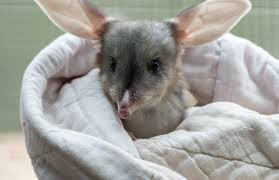
Female bilbies have a pouch which carries an undeveloped foetus (a joey) until it grows into a juvenile. Their pouches face backwards to prevent dirt getting in whilst digging.The bilby is an endangered species because of habitat loss, climate change and competition with other animals. Introduced predators such as foxes and cats have also caused a decrease in population numbers.There have been many conservation efforts to save bilbies. This includes captive breeding, population monitoring, creating predator free reserves. Chocolate Easter Bilbies were also introduced as a way to popularise the animal with some profits being donated to bilby protection and conservation research.The word bilby comes from the Aboriginal language Yuwaalaraay which means “long-nosed rat.”

QUICK FACTS: Type: MammalDiet: OmnivoreLife span: 6-7 yearsSize: Up to 55 cm, tail up to 30cmWeight: Up to 2.5kgHabitat: Dry and hot with open grasslandRange: Central and North Western AustraliaScientific name: Macrotis lagotis
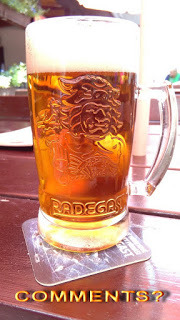
Clancy's comment: Interesting that they build many burrows and use all of them.
I'm ...


Published on March 21, 2019 12:24
March 20, 2019
21 March 2019 - CREOSOTE BUSHES 11,700 YEARS OLD
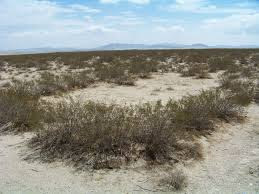
CREOSOTE BUSHES 11,700 YEARS OLD
G'day folks,
A ring of creosote bushes are estimated to be 11,700 years old.
Located in the Mojave Desert, these Creosote bushes have been discovered to be a clonal colony. A clonal colony is a group of genetically identical plants that grew from a single original plant. These plants are often considered to be the same living organism.
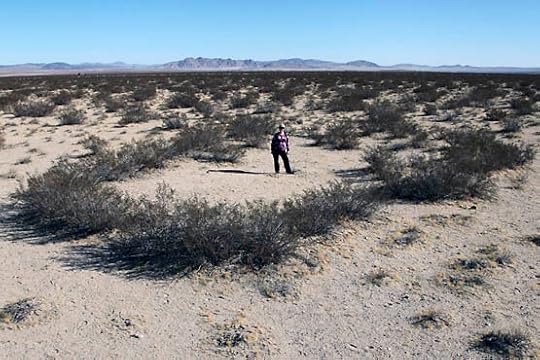
This particular plant’s age was measured using two methods: radiocarbon dating and measurement of growth. In the first method, pieces of wood from the center of the ring were analyzed to find the amount of the radioisotope carbon-14 present. The second method measured the amount of time a clonal creosote bush takes to grow outward in a ring. Both methods arrived at the same conclusions, giving an estimated age of 11,700 years.
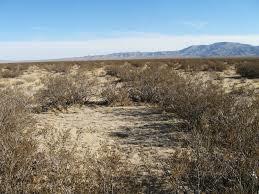
The land that King Clone resides on is mostly unprotected. This means that, unfortunately, many people may drive over it with all-terrain vehicles. But it also means visitors can go see King Clone in person.
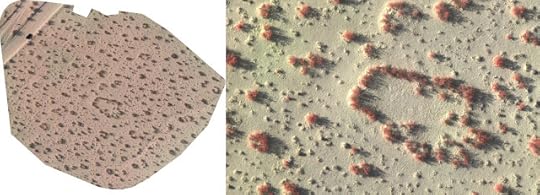
 Clancy's comment: Amazing, eh?
Clancy's comment: Amazing, eh?I'm ...


Published on March 20, 2019 13:49
March 19, 2019
20 March 2019 - WEIRD AND WACKY STUFF

WEIRD AND WACKY STUFF
G'day folks,
I'm always looking for weird stuff. So, check out these examples.
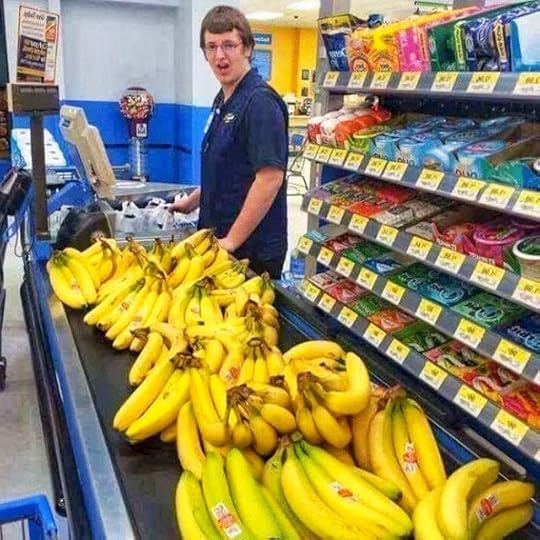

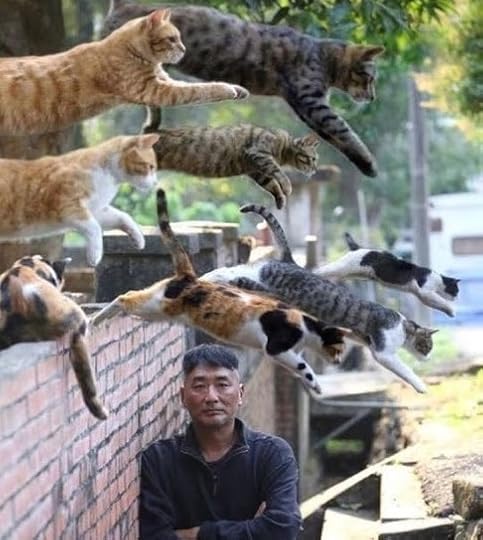

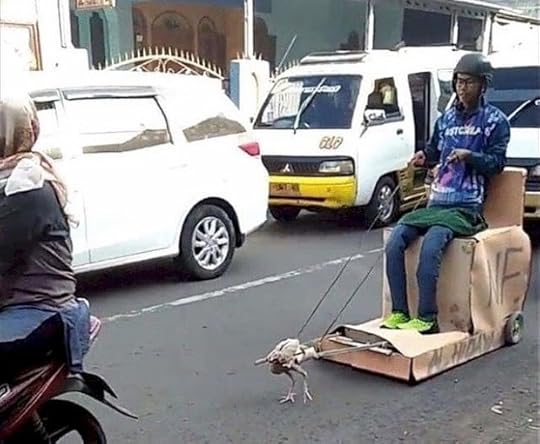








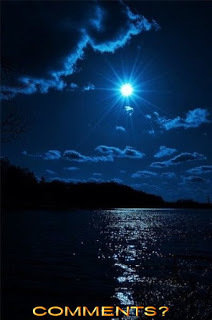
Clancy's comment: Wow, that was a good mix of wacky stuff. Which was your favourite? The leaping cats is a great shot.
I'm ...


Published on March 19, 2019 12:53
March 18, 2019
19 March 2019 - HISTORIC SHOTS OF WOMEN ENTERING THE WORKPLACE

HISTORIC SHOTS OF WOMEN ENTERING THE WORKPLACE
G'day folks,Since winning the right to vote in the early 20th century, women have been hungry for equality and respect in all areas of life — and with good reason! What’s the point of having the right to vote on subject matters in your country and community if your life is spent washing dishes and folding laundry?
Over the past 100 years, women’s warrior cries have shattered the glass ceiling and coined the term “Boss Lady.” That level of achievement in the workplace wouldn’t have been possible without these leading ladies, who put the word force back into workforce.













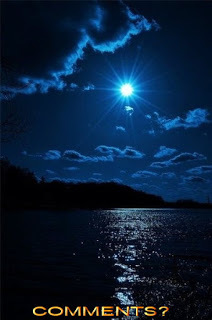
Clancy's comment: And, mothers of course ... And, Prime Ministers. You go, girls! Australian parliaments could do with more women. After all, the men have been doing it for some time and I wouldn't give them a pass.
I'm ...


Published on March 18, 2019 13:30
March 17, 2019
18 March 2019 - HEART ROCK FALLS IN CALIFORNIA
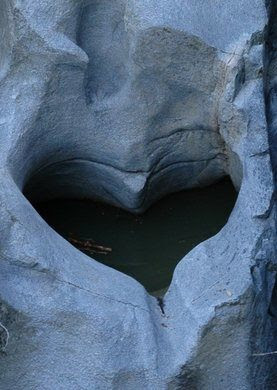
HEART ROCK FALLS IN CALIFORNIA
G'day folks, Carved by a waterfall in a hard-to-reach rock formation, this heart-shaped rock has inspired romantics for decades.
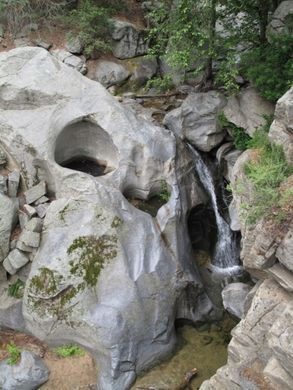
A woodland hike of a mile roundtrip ends at a lovely waterfall, but if you don’t recognize the end of the trail by the waterfall, you definitely will when you see the heart-shaped rock.
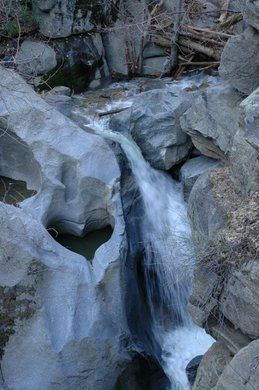
In fact, there are two heart-shaped pools on the side of the cliff where the waterfall hits. A few yards before you get to the waterfall, a massive old oak tree stands, seemingly to signify how old this place is, and how important it has been for romantics and explorers as a source of wisdom and inspiration.
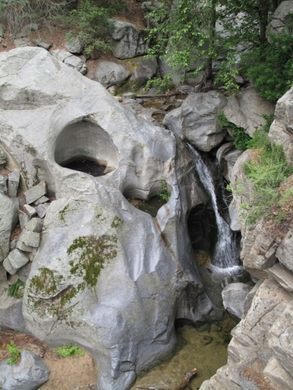
But the heart-shaped pools aren’t the only attraction in this secluded spot. As the trail leads down to the falls, there is a burned-out stump in the shape of a seat known as “The King’s Chair” because of its tall, throne-like back – unfortunately, vandals have broken the backoff. A little further down the stream is a slide rock pool known in the 1970s as the skinny-dipping pool. From there you can backtrack up the stream to reach the base of the falls.

Clancy's comment: Once again, nature has surprised and delighted us, eh?
I'm ...


Published on March 17, 2019 13:33
March 16, 2019
17 March 2019 - RARE PHOTOGRAPHS FROM THE PAST

RARE PHOTOGRAPHS FROM THE PAST
G'day folks,
Welcome to some rare photographs. Some of them are amusing.







Fidel Castro in Washington DC
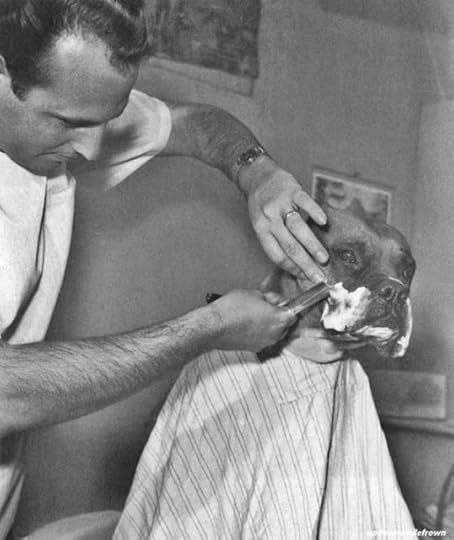

A linesman gives his mate mouth to mouth after being electrocuted.



Clancy's comment: I loved the shot of the famous Beatle, Paul, and the linesman helping his mate.
I'm ....


Published on March 16, 2019 14:19
March 15, 2019
16 March 2019 - MONTEREY'S MOON TREE

MONTEREY'S MOON TREE
G'day folks,
Here is something different.This Moon tree is one grown from astronaut seeds which were exposed to cosmic rays. This unremarkable-looking tree has a remarkable story.
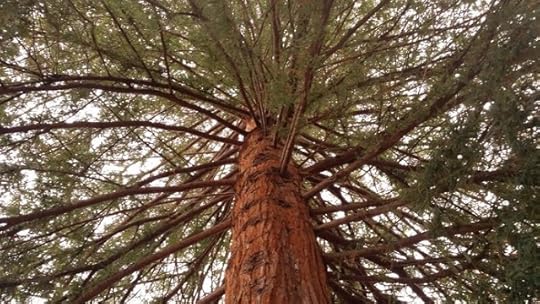
On the Apollo 14 mission in 1971, Command Module pilot Stuart Roosa carried hundreds of seeds to the moon in his personal kit. Roosa had been a U.S. Forest Service smoke jumper before he joined NASA and the seeds were part of an experiment to see if exposure to radiation in space would affect their subsequent germination and growth. Seeds were chosen from five different types of trees: Loblolly Pine, Sycamore, Sweetgum, Redwood, and Douglas Fir. Corresponding control seeds were kept on Earth for later comparison.
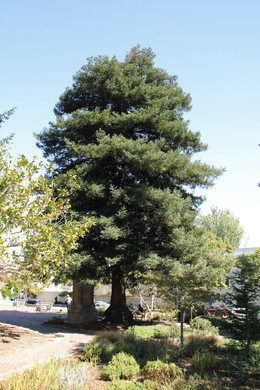
While Alan Shepard and Edgar Mitchell were exploring the lunar surface (during which time Shepard became the first man to play golf on the moon), Roosa spent 33 hours orbiting overhead taking photos of the lunar surface and doing radar and gravitational experiments. In all, he and the seeds orbited 34 times.
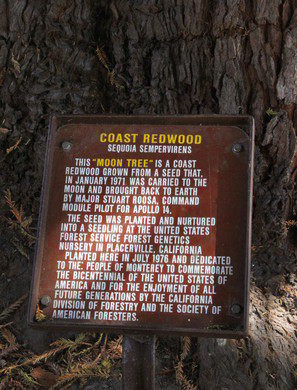
Upon Apollo 14’s return to Earth the seeds were germinated and after a few years the Forest Service had over 400 seedlings. Some of these were planted with their earthbound counterparts as controls but most were given away in 1975 and 1976 to many state forestry organizations to be planted as part of the nation’s bicentennial celebration. These trees were southern and western species, so not all states received trees. Monterey’s Moon Tree is a Redwood.
A Loblolly Pine was planted at the White House, and trees were planted in Brazil and Switzerland among other places. However, no comprehensive list was ever kept of the disposition of all of the trees so the locations of many of them are unknown.
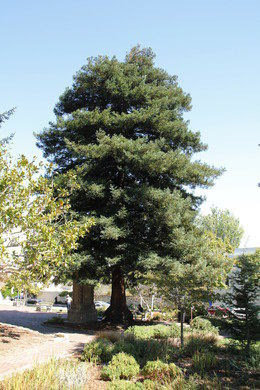
Incidentally, no significant difference was ever observed between the trees whose seeds were carried into space and those which remained here on Earth.
Sadly, Stuart Roosa passed away at the age of 61 on December 12, 1994, but today the Moon Trees are a fitting memorial to him and a tribute to the human spirit.

Clancy's comment: Wow. Nice looking tree, eh?
I'm ...

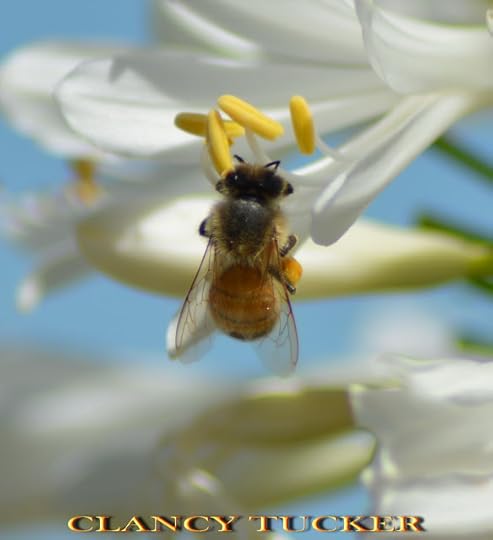
Published on March 15, 2019 14:20
March 14, 2019
15 March 2019 - TOP QUOTES WORTH READING

TOP QUOTES WORTH READING
G'day folks,
Welcome to some inspiring quotes.


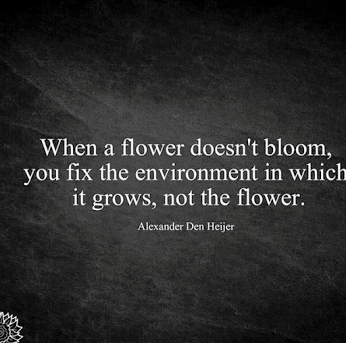








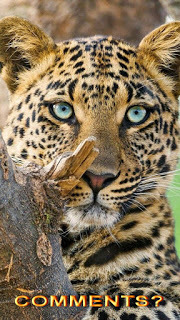
Clancy's comment: I loved the vodka one. Hic ...
I'm ...

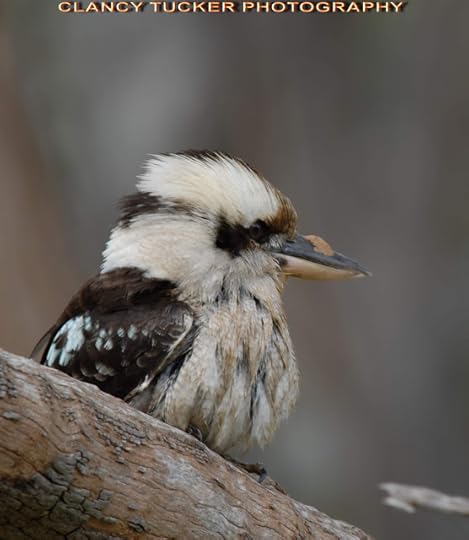
Published on March 14, 2019 13:59
March 13, 2019
14 March 2019 - THE WORLD'S TREASURES

THE WORLD'S TREASURES
G'day folks,
There may be lost pirate treasure buried in the coves of the Caribbean Islands. There are certainly lost treasures of gold and jewels aboard early Spanish sailing ships sunk at sea. But not all treasure is lost. The earth is full of found treasures. Here are just a few of them.
Bauxite: This mineral is used to make aluminum. Guinea in Africa is rich with it.
Cashews: These delicious nuts grow on trees in Mozambique, a country in southeast Africa.
Chewing Gum: The sapodilla tree of Central America is the source of chicle, which is what puts the chew in chewing gum.
Chocolate: The seed of the cacao tree, which is found on many Caribbean islands, is used to make chocolate.
Chromium: This metal is used to make stainless steel. There is plenty of chromium in Zimbabwe, Africa.
Copper: One of the richest “copper belts” in the world is in Zambia, Africa.
Cork: Bulletin boards and stoppers in wine bottles are both made of cork, which is the bark of the cork oak tree in Spain.
Diamonds: Namibia, Africa, supplies the most valuable diamonds of the 18 countries in southern Africa rich with diamonds.
Emeralds: Colombia produces the most emeralds of any country in South America.
Gold: The world's largest gold mine is in Irian Jaya, Indonesia.
Mahogany: The trees that supply this beautiful wood grow in Central America.
Nitrates: This mineral used to preserve foods is found in the desert of Chile.
Perfume: In the south of France, flowers are grown for their oils, which are used in making perfumes.
Seaweed: Off the coast of Japan, seaweed is harvested to eat or to flavor foods.
Vanilla: There wouldn't be vanilla ice cream without the vanilla bean. More than half the world's vanilla is grown in Madagascar.
Wool: Most of the world's wool is supplied by the sheep of Australia.

Clancy's comment: Yep, heaps of stuff to make some people rich. Interesting that water wasn't included on this list. But, the biggest resource of all are KIDS.
I'm ...

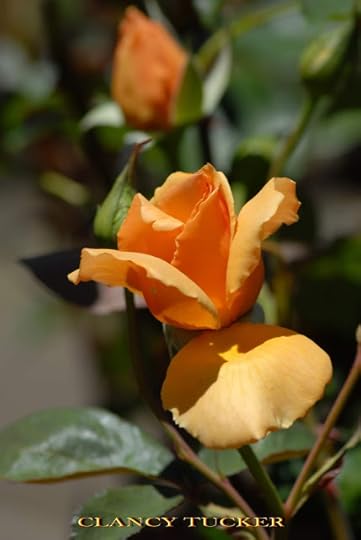
Published on March 13, 2019 15:02
March 12, 2019
12 March 2019 - Amazing Facts About the Galapagos Giant Tortoise
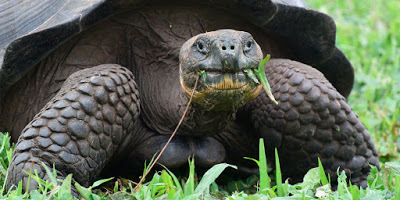
Amazing Facts About the Galapagos Giant TortoiseG'day folks,Welcome to some interesting facts about a slow creature.
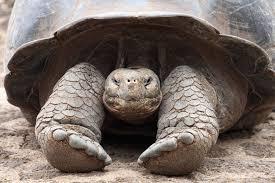
Living up to its name, the Galapagos Giant Tortoise is the biggest tortoise in the world. They're also one of the laziest, sleeping for nearly 16 hours a day!
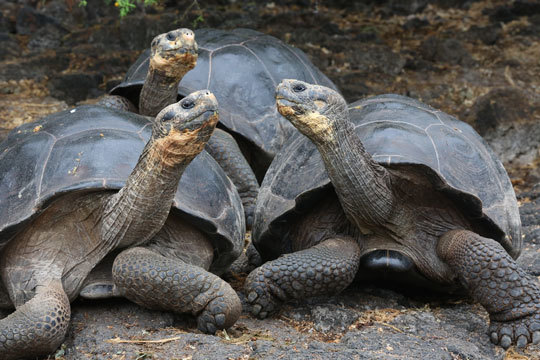
Giant Tortoises used to inhabit every continent except Antarctica.Giant Galapagos Tortoises are not all the same, with almost every island of the Galapagos having its own subspecies.The temperature that the eggs are incubated in determines whether they will gestate into males or females. A higher temperature means that more males will be born.
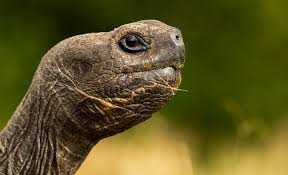 They can sleep for nearly 16 hours a day.Their slow metabolism and ability to take on large volumes of water helps them survive for up to a year without eating or drinking.Spanish sailors who discovered the archipelago named it after the abundant tortoises – Galápago means tortoise in Spanish.
They can sleep for nearly 16 hours a day.Their slow metabolism and ability to take on large volumes of water helps them survive for up to a year without eating or drinking.Spanish sailors who discovered the archipelago named it after the abundant tortoises – Galápago means tortoise in Spanish. 

Clancy's comment: Absolutely whopping, eh?I'm ...


Published on March 12, 2019 13:56



